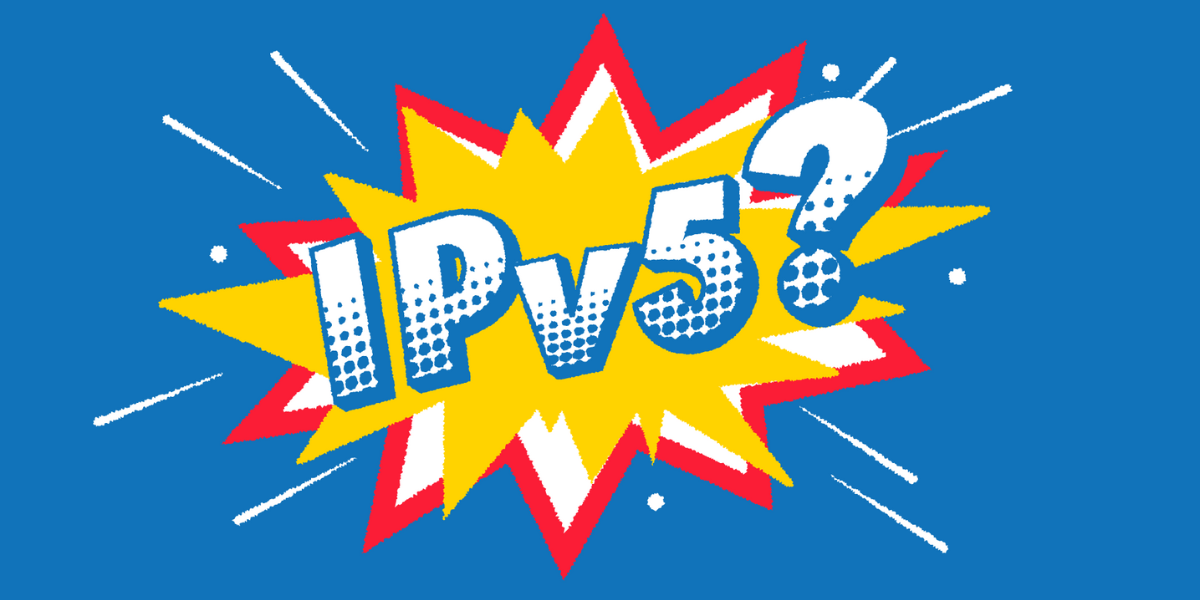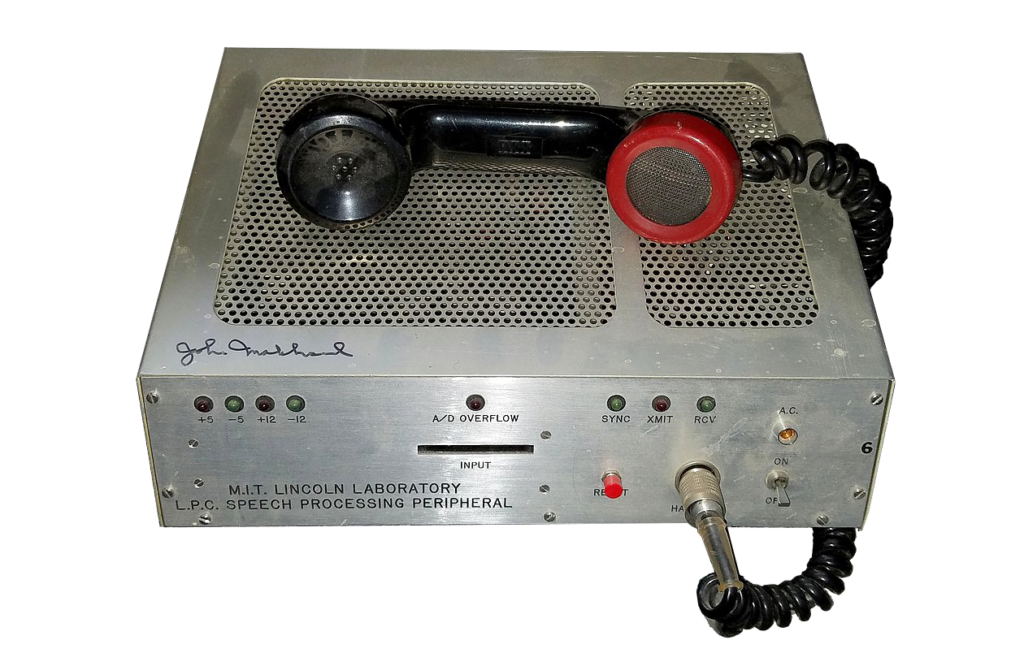What Happened to
IPv5, IPv7, IPv8 and IPv9?
by Leo Vegoda

The IPv4 market has created serious interest in the protocol far beyond the natural confines of networking professionals. These assets are worth a lot. Marketplaces, IPv4.Global’s especially, have grown to be large centers of asset transfer by buyers and sellers of IPv4 addresses. IPv4.Global has helped transfer over $1 billion in IPv4 blocks.
But what happened to earlier versions of the Internet Protocols? And if IPv6 is the next version of the Internet Protocol (IP), what was IPv5? Will there be new versions in the future?
What is a protocol?
A “protocol” is an official (or generally recognized) procedure or system of rules that prescribe an acceptable form of a process. In a social or political sense, protocols are the structured forms of etiquette that govern communications. The structure provides a format in which content can be embedded.
Diplomats use protocols to avoid surprise, allowing them to focus on the content of communications instead of their form. So, it is no surprise that protocols serve the same function in electronic communications. A communication protocol is an organized set of rules that allows a communication system to transmit information among two or more parties. As with a diplomatic protocol, a communications protocol defines the rules of communication. Included are the syntax and semantics of the exchanges plus any timing and coordination of two-way exchanges.
Roger Scantlebury and Keith Bartlett are credited with the first use of the term “protocol” in the context of a modern communications network. They published “A Protocol for Use in the NPL Data Communications Network” in 1967.
Competing approaches to developing data communication protocols were tried in the 1970s and 1980s. The win went to IPv4, which was initially specified in 1981. But parts of the OSI protocol stack developed by the International Organization for Standardization (ISO) continue to be used today.
In IPv4, each packet of data has a tiny header – the protocol part – and a large part dedicated to the data being transmitted. The 60 bytes dedicated to the packet header and options are much less than one percent of the potential total packet size.

IPv4 packet header by Michel Bakni, published under a CC BY-SA 4.0 license
How many versions of the Internet Protocol are possible?
The version field in the packet header diagrammed above is four bits in size. That means it can have 16 values.
So how come IPv4 is the first version of IP?
Like in most IANA registries, the first and last values in the IP Version Numbers registry are marked as reserved. But 0, 1, 2, and 3 were used in early, experimental versions of the protocol, during the 1970s. Version 0 was described in IEN 2, published in 1977. Version 2 was described in IEN 28 from 1978.
The key difference is that those early versions combined the packet protocol with session management, the Transmission Control Protocol. These were separated for IPv4. That is why the Internet Protocol is often referred to as TCP/IP.
IPv4 was good enough that we are still using it today.
IPv2 and IPv3 are now marked as “Unassigned”. They are unlikely to be reassigned for a long time, if ever. Today, only IPv10, IPv11, IPv12, IPv13, and IPv14 are available for future assignment.
What was IPv5?
IPv5 was assigned for an experiment that has now ended. The Internet Stream Protocol Version 2. It was intended to allow for “end-to-end real-time guarantees over an internet.” In other words, its goal was to provide support for quality of service. And it was never intended as a replacement for IPv4. Instead, it was intended that it would be used for real-time data, like voice. IPv4 would be used for less latency sensitive data, like big file downloads.

Telephone for Network Voice Protocol (NVP) over Internet Stream Protocol (ST) – early VOIP prototype – Lincoln Lab, public domain image
The concepts developed in IPv5 have been applied in protocols we use every day. Apart from voice and video they are used in MPLS, a core telecommunications technology.
IPv7, IPv8, and IPv9?
When the internet became a success, the limitations of IPv4 became clear pretty quickly. Discussions about what to do began in March 1992. By 1994, address space for use on private networks had been reserved. This was opposed by others, who wanted “every system to be globally accessible” and knew this required “a globally unique addressing system.”
Internet engineers had continued to develop alternative protocols since late 1990. They created the IPng Area in late 1993 to investigate the various proposals and recommend how to proceed. The process looked at multiple protocol proposals. IPv6 was developed out of it and is still being deployed today.
IPv7
IPv7 was a proposal for TP/IX: The Next Internet. It left as much of the IPv4 architecture as possible in place. It expanded the address space from 32-bits to 64-bits. That was a jump from 4.3 billion to about 18 quintillion addresses.
IPv8
IPv8 was a proposal for the “Pip internet protocol”. This protocol relied on translators to and from the IPv4 internet. Pip IDs would be 64-bit and “could identify a user or a process” as well as a host.
IPv9
IPv9 was a proposal for “TUBA, TCP and UDP with Bigger Addresses”. It called for a gradual migration from the then current suite of protocols to an updated one “running over TCP or UDP, running over CLNP.” CLNP is the Connectionless-mode Network Protocol, which was developed as a part of the OSI stack by the ISO. It was developed into IS-IS, an important routing protocol still used today. It was published as an RFC in 1990.
Will there be new versions of the Internet Protocol?
Never say never. But IPv5 was an experiment, while IPv6 through IPv9 were developed in a competition to create the next generation of IP. IPv6 deployment is not yet complete, almost 30 years after its initial specification. Another new version of IP would be just as hard to deploy. This is because IP is so fundamental. Billions of devices would need to go through a managed transition.
While Huawei has been promoting what it calls “New IP” it’s not really a formal protocol. It is a set of proposals for user features, like holographic communications.
New routing protocols – the protocols for guiding data across the internet – are being developed. Often, these are based on new social and political requirements. SCION is one example. It aims to be “a secure and reliable inter-domain routing protocol, designed from inception to enhance network control and transparency.”
But it builds on top of existing versions of IP.
IPv4 might become less relevant over the next decade. IPv6 deployment will almost certainly grow significantly. With two well-entrenched foundational protocols, there is unlikely to be much appetite for IPv10.
IPv4 is still relevant!
Despite the growth in IPv6, IPv4 is still necessary for most networks today. If you are building or growing a network, you can rely on IPv4.Global to help you source your IPv4 addresses. We have the largest and most transparent marketplace and public auction platform. We can also broker private deals. Contact us for help with your network growth.